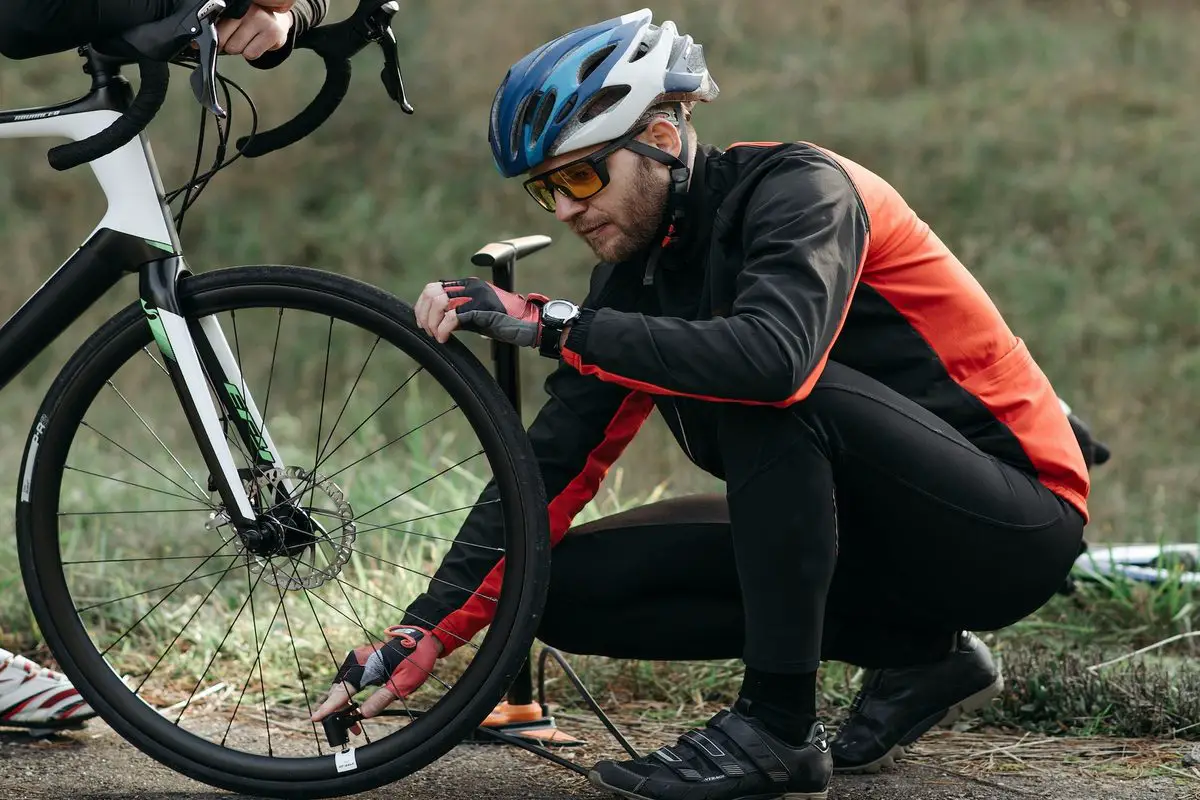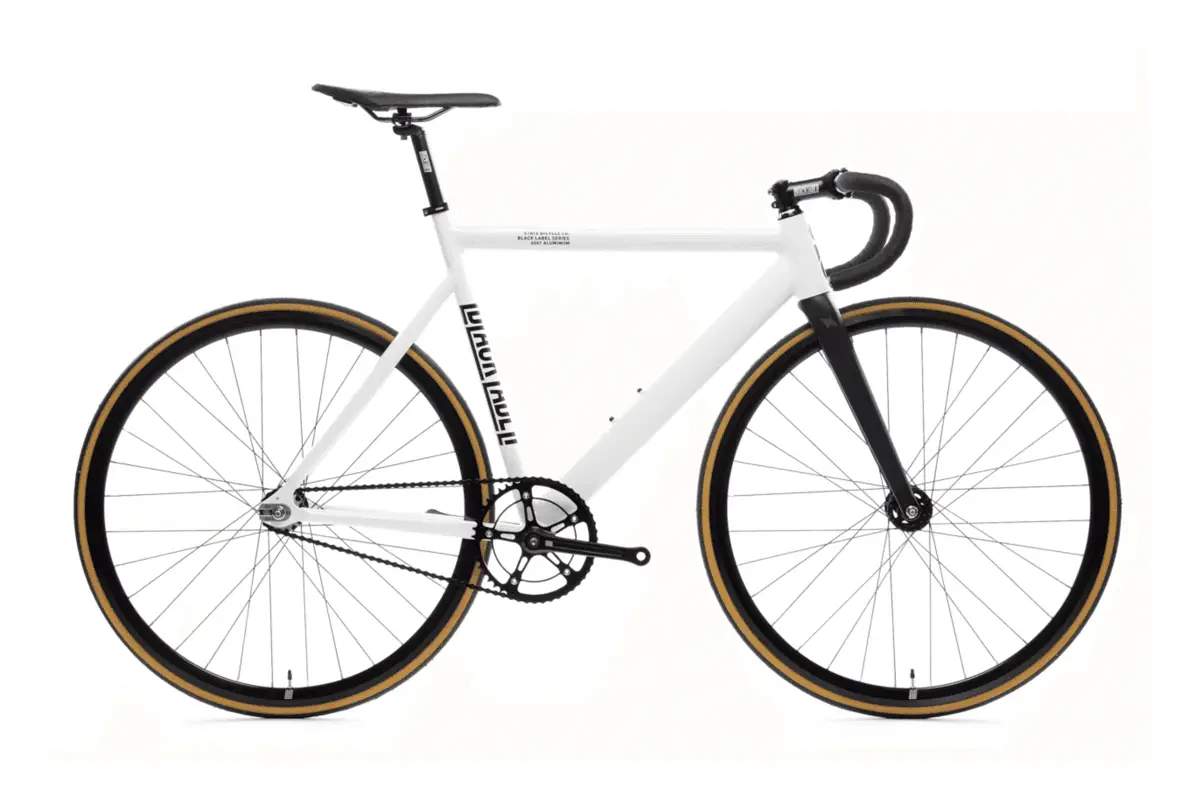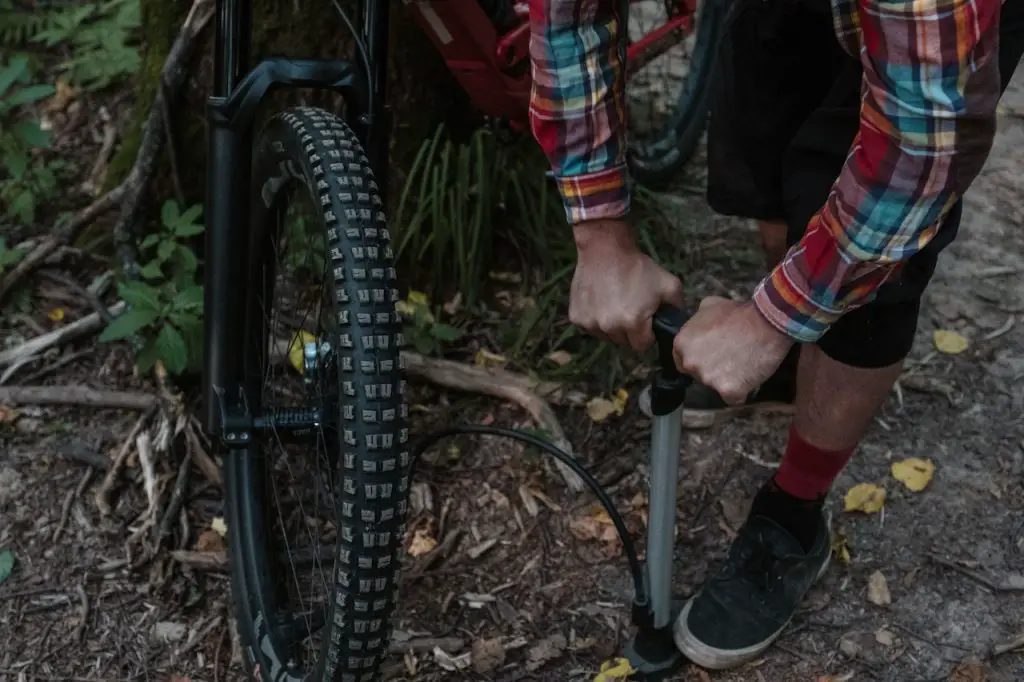Do you want to avoid getting stuck with a flat tire in the middle of nowhere? Do you want to feel confident that you can inflate your bike tires quickly and easily? If so, you’ve come to the right place. Today, we’re going to talk about bike pumps and, more specifically, how to choose the perfect one for your needs.
With so many options out there, it can be overwhelming to know where to start. But fear not! By the end of this article, you’ll know the factors to consider when choosing a bike pump, the different types of pumps available, and the features you should look for. Get ready to pump up your knowledge about bike pumps. Let’s get started!
How do you choose the best bike pump?
Choosing the best bike pump can depend on several factors, including the type of bike you have and your personal preferences. Here are some tips to keep in mind:

1. Consider the PSI capacity
The PSI capacity of the pump should match the recommended tire pressure for your bike. For mountain or comfort bikes, models with up to 90 PSI are suitable, while models with up to 120 PSI are best for the fastest inflation. For road bikes, models up to 160 PSI are ideal.
2. Look for stability
Stability is important when choosing a bike pump because a stable base will be more efficient to use than one that is wobbly. A pump with a wide base or a tripod design can provide better stability, making it easier to pump.
3. Consider the type of bike
The kind of bike you have can also affect the type of pump you need. For example, mountain bikes require a pump with a higher volume to inflate their larger tires, while road bikes require a pump with a higher PSI capacity for faster inflation. Look for pumps designed specifically for your bike type for the best performance.
Mini pumps or portable floor pumps can be a good option for on-the-go use, but they may have a lower PSI capacity than larger floor pumps.
4. Portability
If you plan on carrying your pump with you on rides, consider the pump’s weight and size. Mini pumps or portable floor pumps can be a good option for on-the-go use, but they may have a lower PSI capacity than larger floor pumps. Some mini pumps come with a built-in hose for easier pumping.
5. Additional features
Some pumps come with additional features such as a built-in gauge for measuring pressure, compatibility with both Presta and Schrader valves, or a wider range of PSI capacity. Consider which features are important for your needs and budget.
State Bicycle Co. Black Label 6061

State Bicycle Co. Black Label 6061
What are the different types of bike pumps?
There are different types of bike pumps available in the market that cater to different bike types and tire pressures. Here are some of the common types of bike pumps:
1. Floor Pumps
These pumps are designed to be used on the floor and are ideal for home use. They have a large barrel that can deliver high air volume, making it easier to inflate tires to high pressure. Floor pumps typically come with a gauge that allows you to measure the tire pressure accurately. They can work with both Presta and Schrader valves.
2. Mini Pumps
These pumps are smaller in size and designed for portability. They can fit in a backpack or jersey pocket and are ideal for on-the-go inflation. Mini pumps typically come with a hose to make pumping easier and are suitable for both Presta and Schrader valves. However, they have a lower volume and can take longer to inflate tires to high pressure.
3. CO2 Inflators
These pumps use compressed CO2 gas to inflate tires quickly. They are small and easy to carry but require CO2 cartridges, which can be an additional expense. CO2 inflators are ideal for emergency use or for riders who need to inflate their tires quickly. They are suitable for both Presta and Schrader valves.
4. Foot Pump
These pumps are similar to floor pumps but require you to use your foot to pump air into the tires. They are ideal for home use and can deliver high air volume and pressure. Foot pumps typically come with a gauge and can work with both Presta and Schrader valves.
5. Electric Pumps
These pumps use electricity to inflate tires and can be plugged into a wall socket or a car’s cigarette lighter. They are fast and convenient but require a power source, which can be a limitation when traveling. Electric pumps typically come with a gauge and can work with both Presta and Schrader valves.

What are some bike pump recommendations?
There are many types of bike pumps available on the market, and here are some recommendations:
1. Topeak JoeBlow Sport III
The Topeak JoeBlow Sport III is a highly-rated option for floor pumps. This pump offers stability and efficiency when inflating tires. It also has easy-to-read gauges and is durable.
2. Pro Bike Tool High Pressure Mini Bike Pump
This pump is able to produce high pressure with ease, making them great for emergencies and travel. It is also lightweight and fits easily in a pocket or bag.
3. Genuine Innovations Ultraflate Plus
The Genuine Innovations Ultraflate Plus is a popular choice for CO2 inflators. It is compact and easy to use, with push-button valve control. The inflator also comes with a variety of cartridges, making it a convenient option for on-the-go tire inflation.
4. Zefal HPX
The Zefal HPX is a well-regarded frame pump that provides a good balance between affordability and functionality. It is made of durable aluminum and can inflate tires to high pressure.
If you want even more tips and insights, watch this video called “How To Choose A Bike Pump” from the GCN Tech YouTube channel.
Conclusion
Well, folks, we made it to the end of our ride. So, are you ready to pump up your cycling game? In all seriousness, though, I hope this guide has been helpful in demystifying the world of bike pumps and giving you the confidence to choose the right one for your needs.
And if you still have any questions or just want to share your own pump-related puns, let me know in the comments below. I always love hearing from my readers, and I read and reply to every comment. And with that, I’ll sign off by reminding you to keep pedaling, keep exploring, and keep learning. Thanks for joining me on this ride, and until next time, happy cycling!
Key takeaways
This article covered how to choose bike pumps. Here are some key takeaways:
- Some of the factors to consider in choosing a suitable bike pump for your bike include the PSI capacity of your tires, stability, type of bike, portability, and additional features.
- Floor pumps are ideal for home use and deliver high air volume.
- Mini pumps are designed for portability but may take longer to inflate tires.
- CO2 inflators are small and easy to carry but require CO2 cartridges.
- Foot pumps are similar to floor pumps and can deliver high air volume.
- Electric pumps use electricity to inflate tires.















